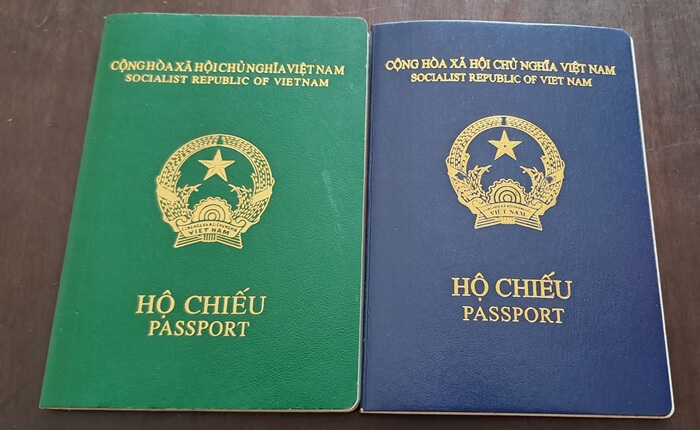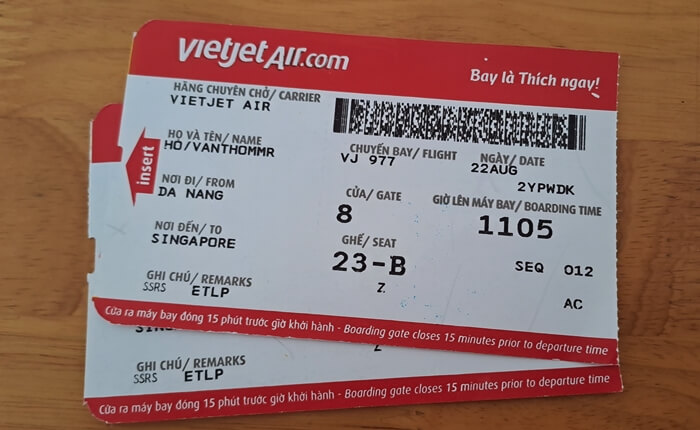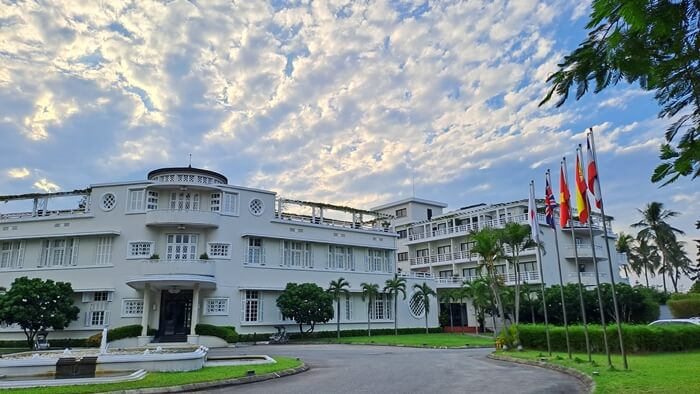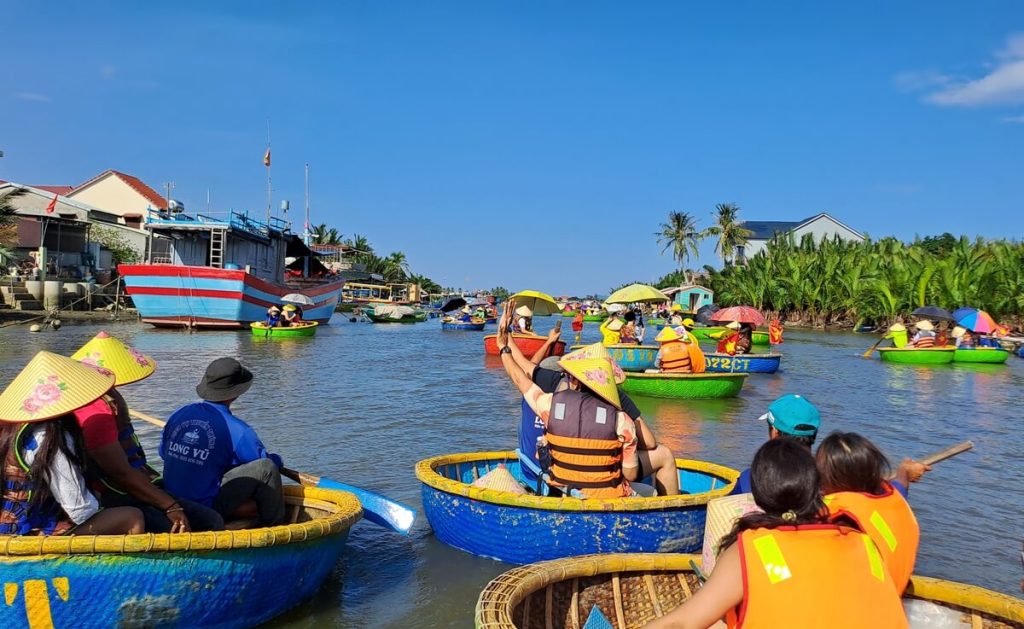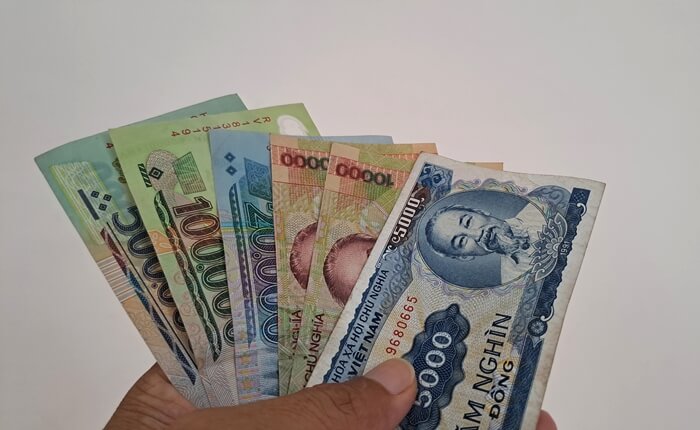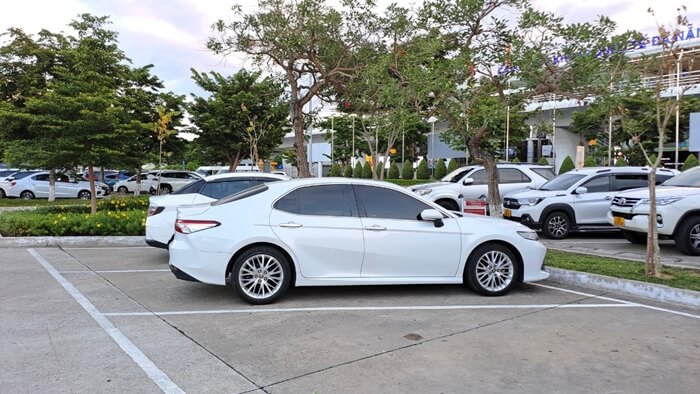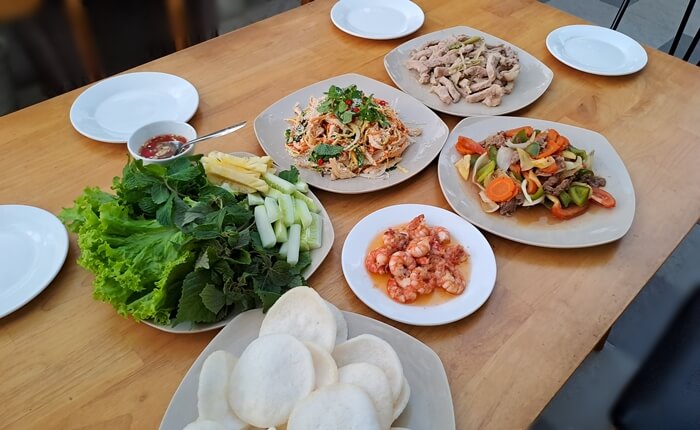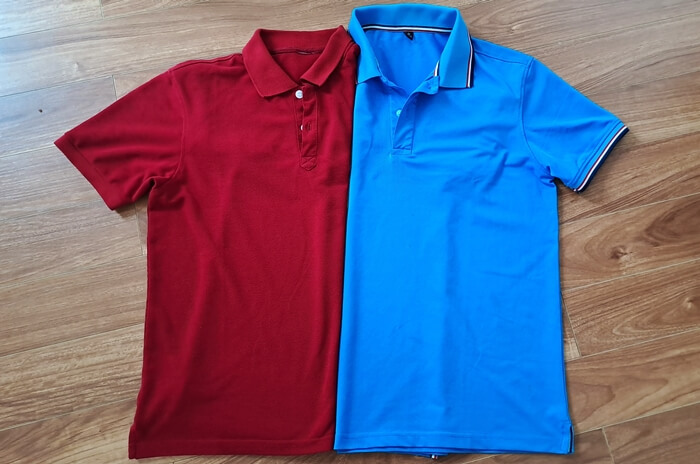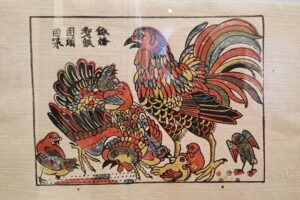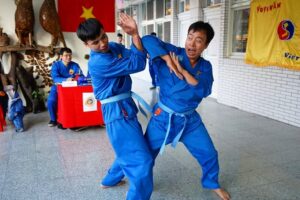If this is your first trip to Vietnam, you must prepare some requirements to enter this country.
Located in Southeast Asia, Vietnam owns a favorable geographical location on the world map. It has beautiful natural scenery, rich culture, and diverse cuisine.
The following instructions will help you prepare before coming to Vietnam to have a perfect trip.
- Prepare passport and Visa
- Prepare to check airline tickets
- Book a room
- Check the famous attractions
- Prepare cash to spend in Vietnam
- Roaming your phone and buying a SIM card
- Choose means of transportation in Vietnam
- Download the map application to your device
- Find places to eat in Vietnam
- Arrange comfortable clothes
1. Prepare passport and visa
Passports and Visa are considered the default must-haves for everyone when coming to another country.
You need to prepare a passport valid for at least six months from the date of entry into Vietnam.
Besides, the Visa is also something to pay attention to. If you are a citizen of one of the Southeast Asian countries, you do not need a visa to enter Vietnam.
If you are from the US, Australia, Europe, or another country, you need to carefully consider your Visa before entering this beautiful country.
>> Please check: How to apply for an e-visa to enter Vietnam?
2. Prepare to check airline tickets
Traveling to Vietnam by air is the most convenient, except for neighboring Cambodia and Laos.
Choose the airline you prefer. You can check out airline firms, including Vietnam Airlines or Vietjetair.
I often choose cheap flights from Vietjetair for short flights and Vietnam Airlines for long international flights.
You can book flight tickets online or through an agent. Booking through an agent may be higher, but a professional airline ticket specialist will serve and care for you.
3. Book a room
Choosing an accommodation standard depends on your budget and preferences. Most hotels in Vietnam are not expensive, often including breakfast, which contrasts when comparing Vietnam with Singapore – a country where many flights transit from here.
Booking a room at a 4-star hotel in Hanoi or Saigon will cost 70 to 110 USD for two guests. Other cities in Vietnam will have slightly lower prices. Participating in promotions will give you even more priority.
There are many online booking sites, such as Agoda.com, Booking.com, and Hotels.com. I often choose to book on Agoda; it’s easy and fast. The price can be better than if you deal directly with the hotel because this website has plenty of promotions.
Depending on each hotel’s policy, you can choose to pay the entire amount online or pay when checking in when booking a hotel room.
I prefer to pay for the short trip in full; then, I will no longer consider the additional costs of accommodation. The rest is for exploring local culture, beautiful landscapes, and tasty cuisine.
4. Check the famous attractions
With an excellent geographical location adjacent to the sea and many mountains, Vietnam has a long list of famous tourist destinations. Many places are not only well-known in the country but are also ranked highly in the world, such as the Golden Bridge in Ba Na Hills, the beautiful Ha Long Bay, and the amazing caves in Phong Nha.
Setting up an attraction list will save you time searching once you arrive in Vietnam. At the same time, you can arrange your duration and route appropriately.
For example, you can arrange a 2-day-1-night itinerary from Hanoi to Ninh Binh and go straight to Ha Long, which can avoid going back and forth in Hanoi. You will be less tired and save a lot of time.
To design a reasonable route in the program, you may need to use Google Maps or contact Vietnamdrive so we can help you plan free of charge.
5. Prepare cash to spend in Vietnam
You can easily use the card to pay for high-end items at shopping centers or spend on services at most hotels. However, most small shops and sidewalk eateries accept cash or wire transfers from local banks. The currency used in this country is Vietnam Dong.
It would help if you kept enough cash to spend here. You can exchange money at popular banks in Vietnam or foreign exchange counters at Da Nang, Noi Bai, or Tan Son Nhat international airports. If you don’t see an exchange counter yet, ask any airport employee, and they will direct you there.
The spending limit depends on each person so that you can change it to more or less. But it is estimated that you will need at least 1,000,000 VND daily for meals and sightseeing for two people.
>> You may want to see how much money it costs to carry to Vietnam.
6. Roaming your phone and buying a SIM card
If your job makes it impossible to turn off your phone when abroad, you need to roam—use an international calling service. This can incur expensive fees, so you should be very careful and ask for advice from the network carrier you are using.
After arriving at one of the Vietnamese airports, you will come to phone sim counters that sell built-in internet connections, which means you will have a Vietnamese SIM.
Making a mobile SIM requires your passport, so you need to prepare it in advance. Sim services have various prices. For example, Mobifone’s NA70 data package costs 70,000 VND, with 10G of data for 30 days.
7. Choose means of transportation in Vietnam
Traffic can be an obstacle for most first-time tourists to Vietnam. The rules for moving on the road and passing through the street differ from those in your country. The simplest way to learn how to cross the road in Vietnam is to go with a local person.
With transportation in Vietnam, you can choose:
- Taxis for a short distance
- Airplanes for long distances, for example, from Hanoi to Ho Chi Minh or from Saigon to Da Nang
- Trains for traveling between cities such as Hanoi to Hue or trains from Da Nang city to Hue
- Cars for sightseeing and business trips
Except for taxis, other means of transportation should be booked in advance.
Motorbikes are prominent vehicles on Vietnamese streets. However, we do not recommend using this type of vehicle.
8. Download the map application to your device
If you rent a car with a private driver every day, finding directions will be reduced because the driver will assist you with that.
When you go sightseeing or walk alone, you should download a route map application that can be used offline as a backup when you can’t connect to the internet.
Roads between districts in Ho Chi Minh City or streets in Hanoi’s Old Quarter are complicated for tourists. Therefore, in addition to using online maps, you can see instructions for downloading Google maps for offline use here.
9. Find places to eat in Vietnam
Hundreds of tasty dishes in Vietnam await you, from street foods to high-class ones.
Vietnamese foods are everywhere and easy to find. However, if you need help eating or have dietary problems, it is a good idea to research the restaurants in the city you are visiting in advance.
For example, when we work with Indian tourists, we realize that they often request Indian restaurants that specialize in vegetarian meals, but there are not many in Vietnam. European foods, on the other hand, are hardly found on the streets here because they are mostly available in 4-star hotel restaurants.
Researching restaurants in advance ensures you save time worrying about what to eat when you’re in Vietnam. It also ensures good health during your visit.
10. Arrange comfortable clothes
Vietnam gets high average annual temperatures. However, you will occasionally encounter snow in Vietnam during the winter months, from December to February, mainly in the high mountains in the north. When coming there at this time, you should bring one or two warm clothes.
The rest of the country is often warm, so you need to wear thin, comfortable clothes. Long pants or a dress covering the knees can help you enter temples and pagodas politely.
>> You may want to learn more about the dos and don’ts in Vietnam.
Besides, plan a pair of walking or running shoes for the trip to explore the beautiful places and colorful life of Vietnam.
You may have other requirements, but consider the above suggestions when preparing to enter Vietnam for a journey or business trip.
We are here to support you if you want to discuss any further issues.

